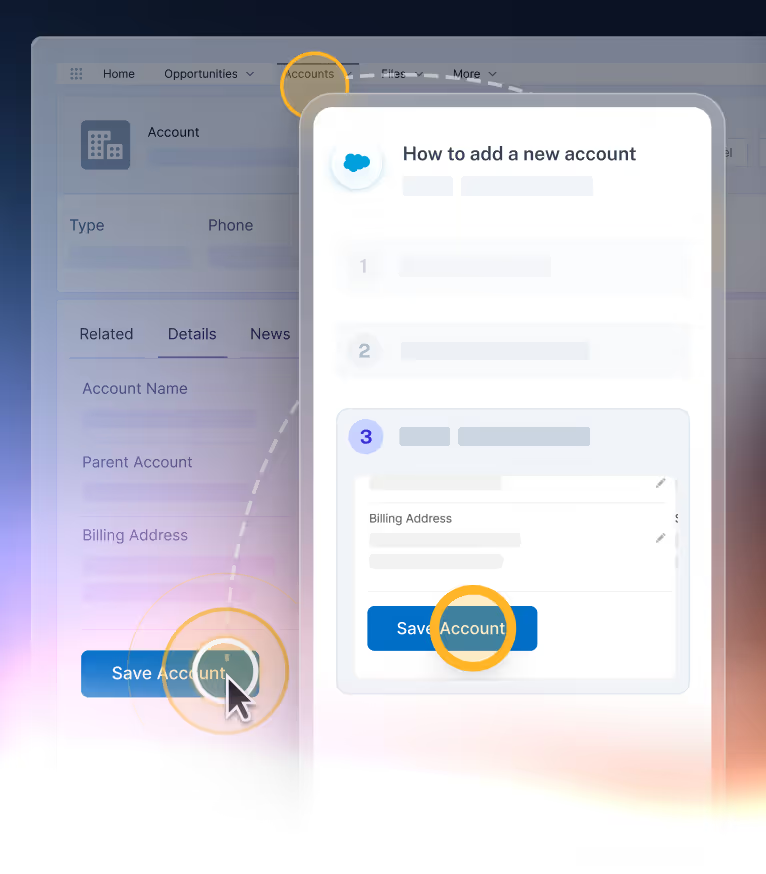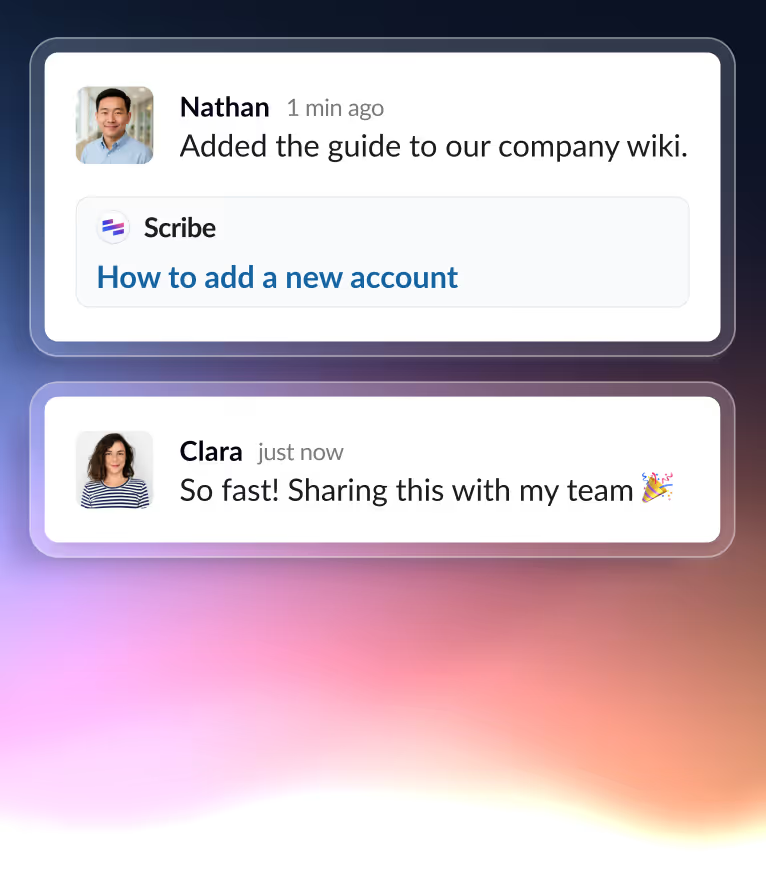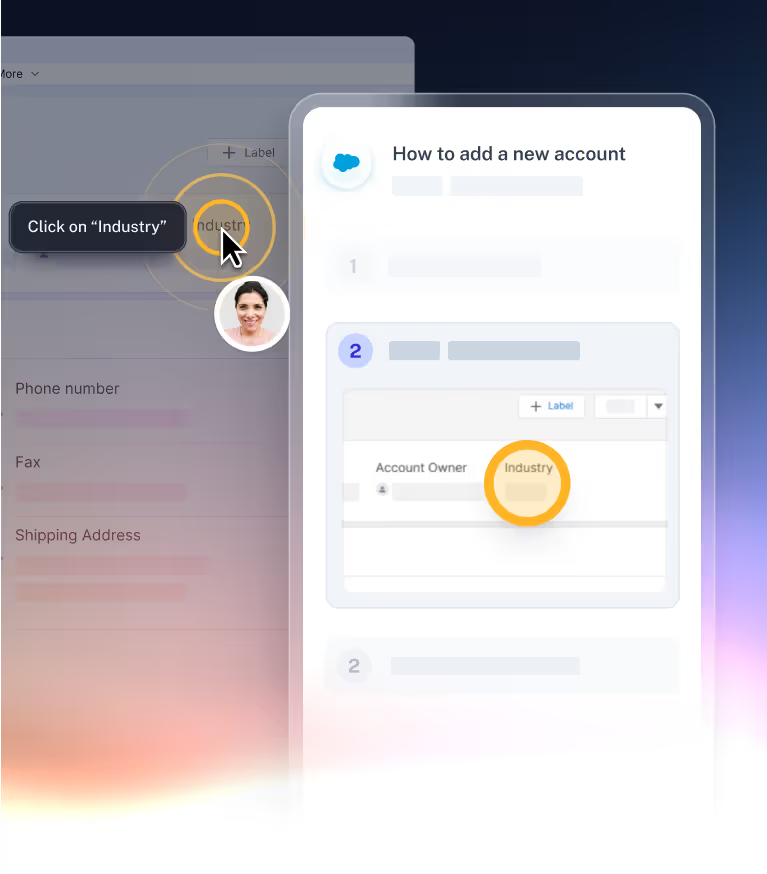2025 REPORT
Two thirds of employees admit they don't know how to do their jobs. There’s a way to fix this.
Work has changed dramatically.
The way we document it hasn’t.
Introduction
This report explores what happens when organizations document their workflows, processes, and know-how — and the cost when they don’t. From faster onboarding to fewer mistakes, the results are measurable, repeatable, and transformational for the world’s leading organizations.
Teams move fast, tools evolve daily, and yet we’re still stuck documenting workflows like it’s 1993. That means manually taking screenshots, writing step-by-step instructions, and repeating the same explanations again and again. This leads to very few critical workflows actually being documented — on average, 71% of an organization's know-how exists only in people's heads.
Without access to this know-how, team members are blocked. They're left clicking through outdated wikis, scattered help docs, and long training videos — often to give up and reinvent the wheel. Your team members each lose an entire day every week searching for answers that should take seconds to find.
In the age of AI, there are fewer excuses for inefficiency. You’ve probably already started investing in AI for your company, and many tools are fantastic at automating tasks and finding information. But, when that information doesn’t exist or those workflows haven’t been documented, the tools are just as stuck as your people. They’re kind of like this library; they can help you find the correct book in the stacks, but if the book doesn't exist — because under ⅓ of organizational knowledge has been documented — the librarian doesn't really have much to offer you. They can answer ⅓ of the questions. And the answers may be out of date.
Under ⅓ of organizational knowledge has been documented.
TABLE OF CONTENTS
From documenting processes to defining best practices, explore how the world’s most efficient organizations are scaling performance, reducing burnout, and unlocking time for high-impact, strategic, and creative work.
1.
The problem hiding in plain sight
Unless work is documented in an easy-to-find, easy-to-follow, accurate way, employees will always have to ask someone: “How do I…?”. Or, they’ll guess.
2.
An instant fix
It’s actually possible to capture your work while you’re doing your work. What used to take hours now takes zero extra time.
3.
Real results, really fast
Lack of documentation is a costly problem, but the fix is nearly instant — and gives every employee back 35 hours/month.


the takeaway

Redact sensitive data
Document key processes without worrying about exposing sensitive data.


Share with colleagues and clients.
Embed or share guides and movies where your team already works — wikis, help centers & more.


Ensure work gets done right.
Turn any workflow into easy-to-follow guides and interactive walkthroughs.
The organizations that Scribe works with aren’t just documenting processes — they’re scaling performance, reducing burnout, and unlocking time for high-impact, strategic, and creative work.
Remember that library with 2⁄3 of its books missing? With Scribe, you're not just filling the empty shelves—you're creating digitized, searchable workflows that update as they change. Now your employees (and your AI tools) can find every answer and do every workflow, and that brilliant librarian finally has a complete collection to work with. The knowledge that once lived only in people's heads becomes the foundation that powers both your human and artificial intelligence.



Trusted by 94% of the Fortune 500
600,000 organizations rely on Scribe to train colleagues, assist customers, and drive software adoption.